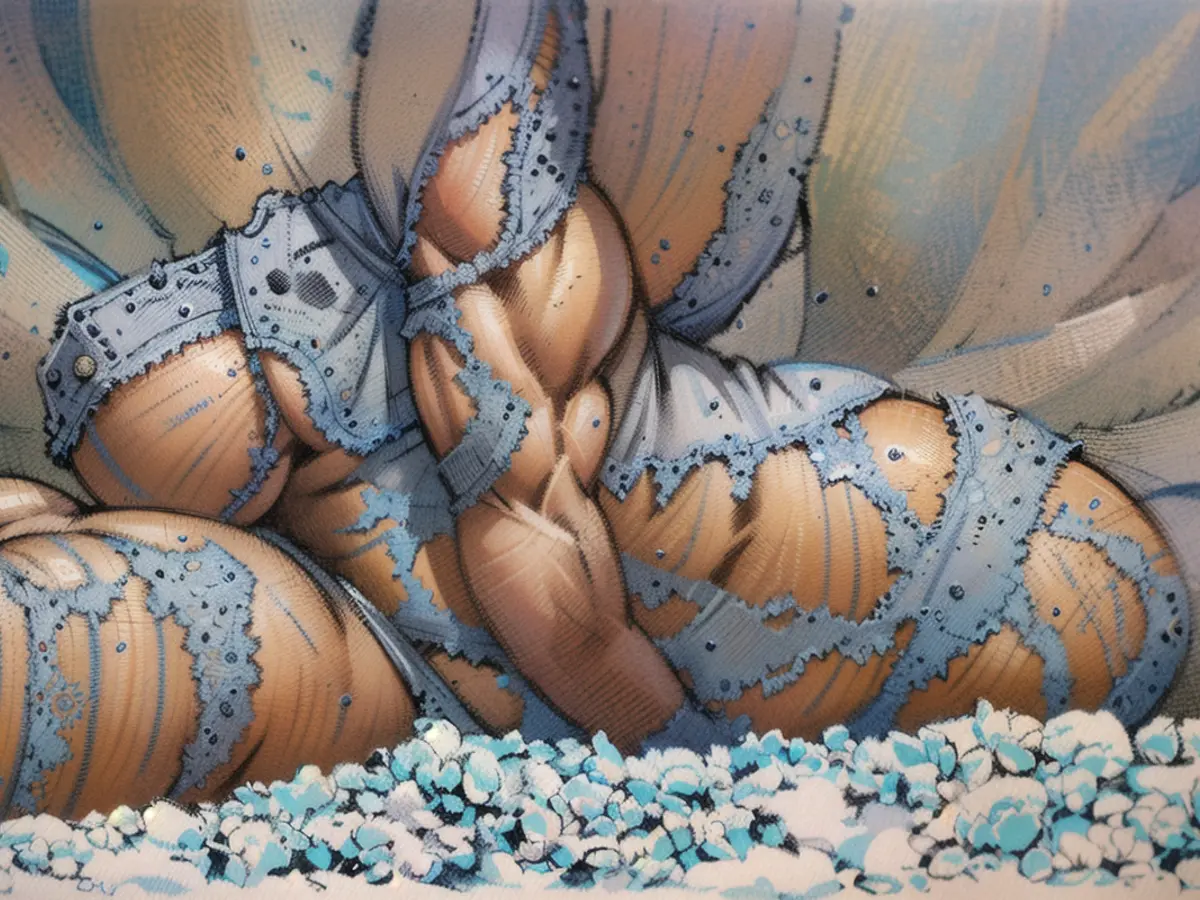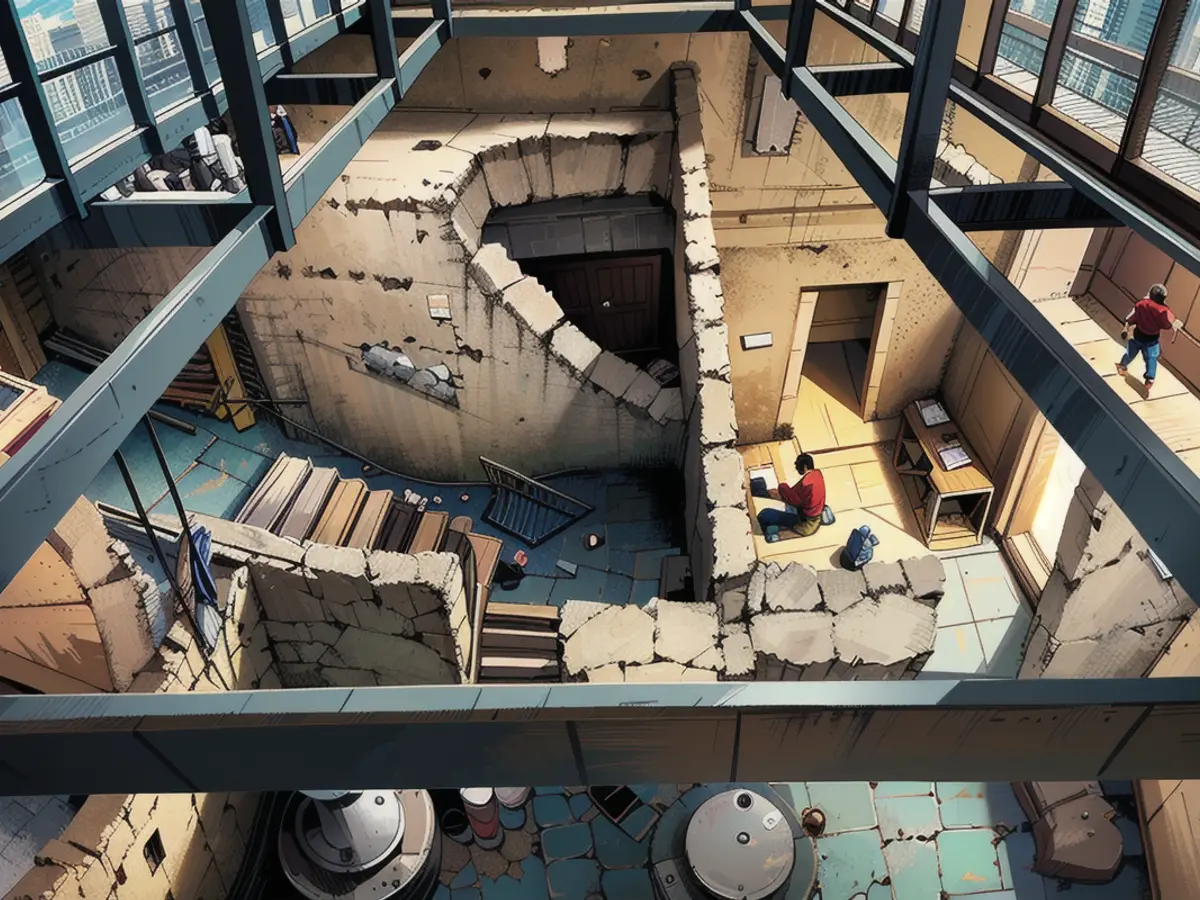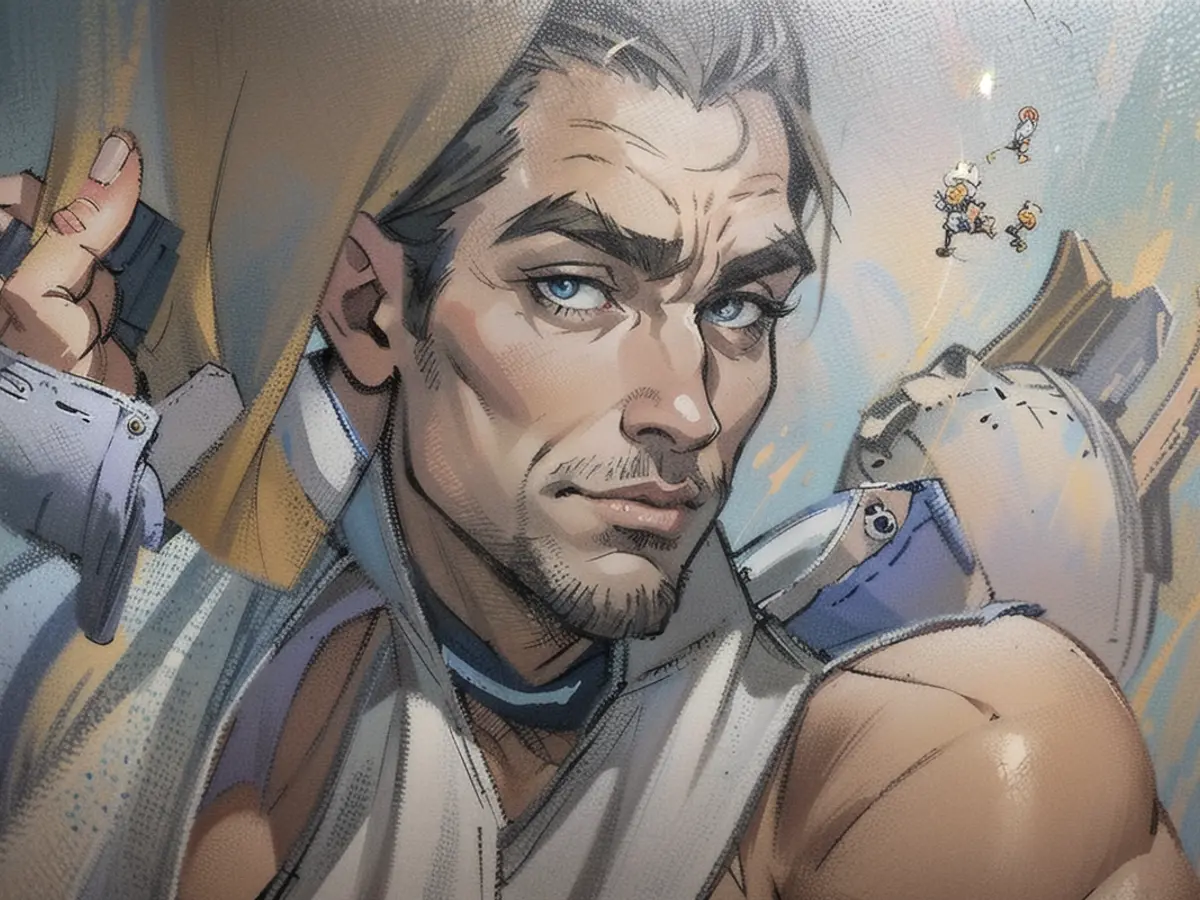Discovered drawings in Pompeii imply that kids witnessed gladiator combats and executions.
The pictures, presumed to have been sketched by youngsters ranging in age from five to seven years old, preceding Mt. Vesuvius' eruption in 79 AD, were discovered on the walls of a room in the "Island of Chaste Lovers" commune of the archaeological park. These drawings demonstrate that even young children in ancient times faced extreme violence.
"It doesn't seem like a problem just for our time, with video games and social media," stated Gabriel Zuchtriegel in a statement regarding this latest discovery. He added that the bloodshed in the coliseum in those times was real, and few viewed it in the context of potential repercussions on the psycho-mental advancement of children in Pompeii.
By Tuesday, guests to the park can observe the sketches from raised walkways above the dig site as archaeologists continue their work.
The sketches depict a battle scene with two gladiators, each armed with a spear, confronting what appears to be ferocious pigs. Nearby, there rests the head of a bird of prey. The drawings include a kid's handprint made with charcoal and images of kids playing with a ball. There is also a boxing scene where both boxers appear to be knocked out.
An older drawing on an adjacent wall was believed to be made by an older child by using a red mineral pigment instead of charcoal. However, it was partially concealed in whitewash, indicating that the room was being repainted to conceal the children's drawings on the walls.
The older drawing, possibly created by an older child, features a more complex seafaring scene with two ships surrounded by extraordinary sea life, one of which was caught on a hook.
Pompeii National Park recently initiated a partnership with the Department of Child Neuropsychiatry at Naples' Federico II University to analyze the children’s drawings.
Thus far, they have identified that the drawings were most likely from "direct observation" of an event rather than from visual resources.

"Probably one or more children playing in this courtyard, amongst the kitchens, outhouses, and flowerbeds for growing vegetables, had witnessed fights in the amphitheater, thus encountering an extreme form of spectacle violence, which could include the execution of criminals and slaves," declared Zuchtriegel.
"The drawings give us a glimpse into the impact of this on a young child's or female's imagination, who would have been subjected to the same developmental stages that are still shared today."
Along with the drawings, scientists unearthed the petrified remains of a man and a woman who perished when the volcano erupted, sealing the ancient Roman city of Pompeii in a time capsule initially found in the 16th century.
The supposed duo were located in front of a residence undergoing renovation, as determined by the renovation materials on-site.
Archaeologists also found a painting of a small child in a cowl, which they claimed is "without precedent" in Pompeii, possibly a remembrance of a deceased child, according to the park. The child is flanked by bunches of grapes and pomegranates and a little dog and seems to be scanning the garden where the other kids' drawings were uncovered.
The ongoing excavations are part of a substantial plan to save the ancient site from collapse following years of slackness. Earlier finds encompassed a prison bakery and a sumptuous dining area clad in mythological figures on the wall surfaces.

Read also:
- Caught up in the present: the end of "The Crown"
- Through New Year's Eve with TV shows
- What's next for the series hits?
- Which shows will be on?
The discovery of these drawings suggests that the style of art in Pompeii was influenced by the violent events of gladiator battles and executions, as depicted in the sketches. Furthermore, it's intriguing to consider how the arts in ancient times, such as drawing, might have served as a form of expression or coping mechanism for children facing such stark realities.
Source:








